Best Wi-Fi routers 2026
Get strong network coverage, no matter where you are in your house.
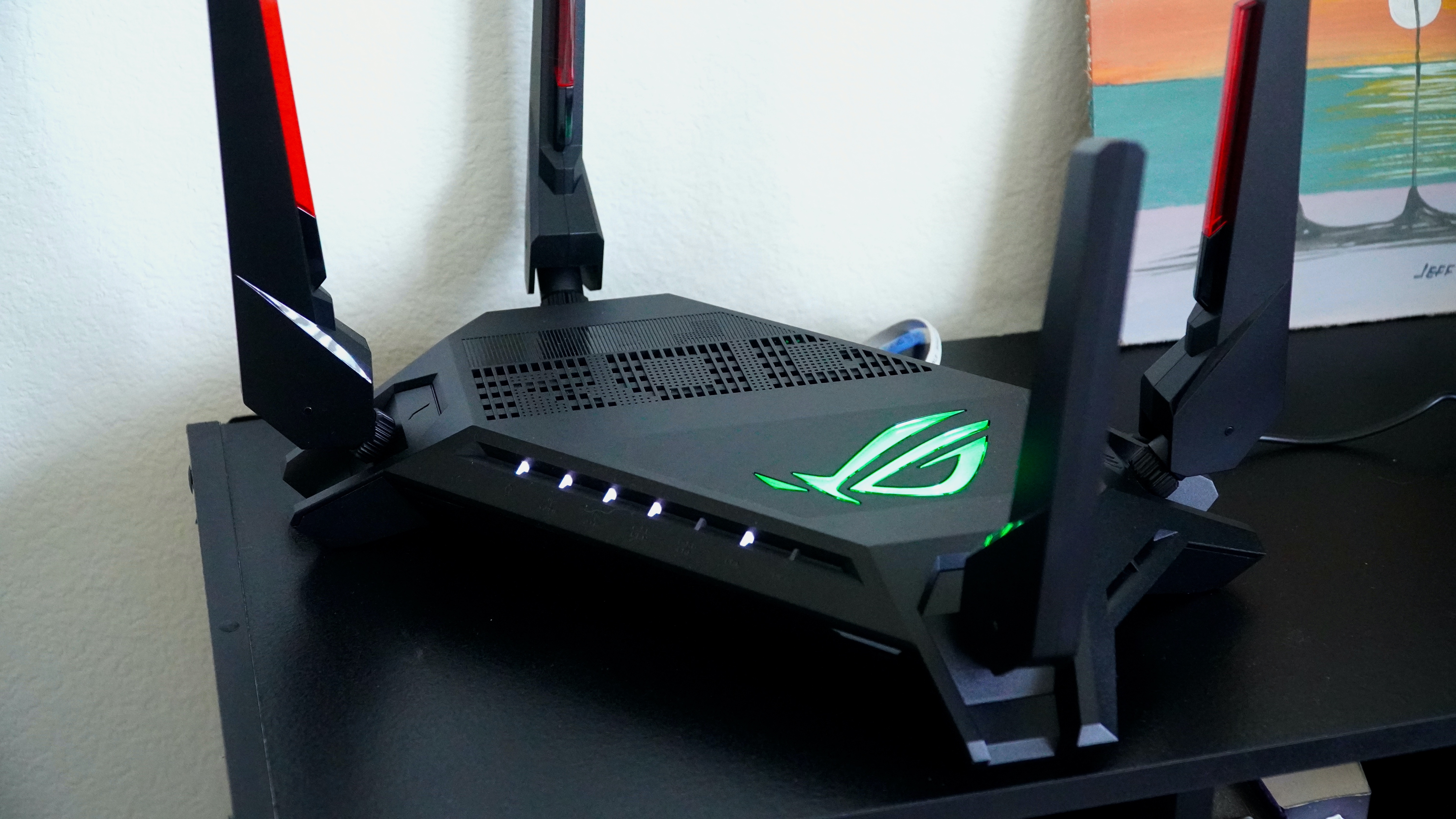
At a glance
1. Best overall
2. Best budget pick
3. Best gaming router
4. Best for speed
5. Best mesh router
6. Best Wi-Fi 7 router
How to choose
The best Wi-Fi routers can be lifesavers. The difference between good Wi-Fi in your house and poor connectivity can be the difference between a good day and a bad one.
So whether you need something with a ton of speed and connections or just want to make sure you don't drop your connection when you move around your home, there's a router that's right for you.
From advanced mesh systems to lightning-fast Wi-Fi 7 models, here is our reliable guide to some of the best wireless routers you can buy today.
At a glance
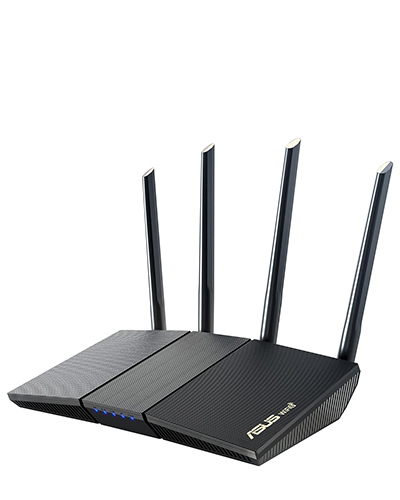
Best overall
The ASUS RT-AX1800S offers the perfect balance of performance and value, with sufficient speeds for most families and four external antennas to ensure you're getting coverage throughout your entire home.

Best budget pick
With a starting price of around $100, the TP-Link Archer AX21 gets discounted on a regular basis and comes with Wi-Fi 6 support, top speeds of up to 1201Mbps @ 5GHz, and plenty of ethernet ports.
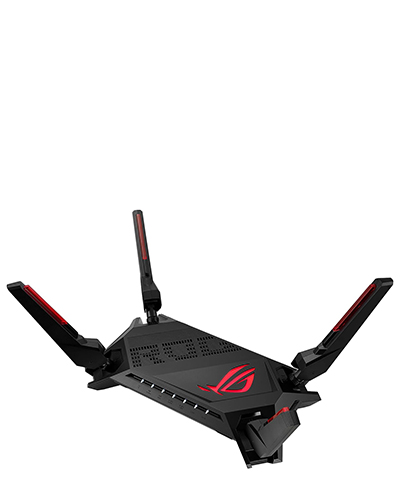
Best gaming router
If you're an online gamer, look no further than the ROG Rapture GT-AX6000. This router comes with two 2.5Gbps Ethernet ports, lightning-fast speeds, and a great software management companion app.
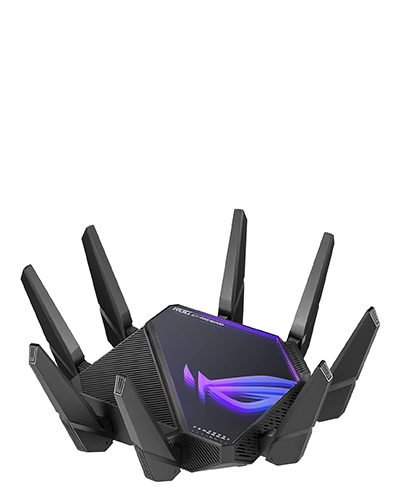
Best for speed
If you can spend a little more, the ROG Rapture GT-AXE16000 is an exceptional choice, with a quad-band design, ridiculously-fast speeds, and ASUS-powered software customization options to boot.

Best mesh router
If you're ready to switch to a mesh-based Wi-Fi system, the TP-Link Deco XE75 has you covered, with an easy setup through the TP-Link companion app and a coverage area of up to 5,500 square feet.
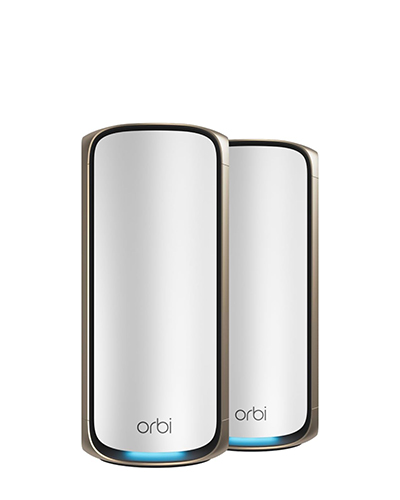
Best Wi-Fi 7 router
It may not be cheap, but Wi-Fi 7 is here. If you want to be on the cutting edge of wireless technology, bring the Orbi 970 mesh system into your home and you'll get speeds of up to 2Gbps and plenty of ports for your devices.
Best overall

1. Asus RT-AX1800S
Our expert review:
Reasons to buy
Reasons to avoid
- Top speeds: 1201Mbps @ 5GHz, 574 Mbps @ 2.4GHz
- Top features: Wi-Fi 6, 4x Ethernet ports, AiProtection Classic software
The ASUS RT-AX1800S isn't the fastest Wi-Fi 6 router you can get, but it has plenty of speed for most families. The 5GHz band can support a 1,201Mbps link, while the 2.4GHz band supports up to 574Mbps. Wi-Fi 5 devices won't get the full speeds, but you'll be ready when your family gets more Wi-Fi 6 capable devices. There are four open Ethernet ports on the back of the router for your wired devices as well.
ASUS recommends this as one of the best wireless routers for large homes, and its array of four external antennas should be able to reach most of your home easily. Unfortunately, this router doesn't support Asus' AiMesh mesh expansion like the similar RT-AX55U but at a lower price, this is still a great pick with enough coverage for most homes.
The thing that makes this a solid choice for families is Asus' AiProtection Classic software. AiProtection comes with antivirus software powered by Trend Micro, as well as advanced parental controls. ASUS includes this software free of charge for the lifetime of the product. This is a great inclusion, whether you are looking to block inappropriate web content or simply set up limited internet hours to keep students on task.
Best budget pick

Reasons to buy
Reasons to avoid
- Top speeds: 1201Mbps @ 5GHz, 574Mbps @ 2.4Gh=Hz
- Top features: Wi-Fi 6, 4 Ethernet ports
With the Archer AX21, TP-Link delivers affordable Wi-Fi 6 with a spec list that most people should be pretty happy with. A four-stream dual-band wireless setup pushes 574Mbps at 2.4GHz and 1,201Mbps at 5GHz. WPA3 security is supported, and a 1.5GHz quad-core CPU keeps the modern software features running smoothly.
Around the back, there are four gigabit Ethernet ports for wired devices flanked by four antennas. There's also a USB port though speeds are limited to USB 2.0. This should still be enough for HD video streaming in a pinch. It would have been nice to see a few more software features to round out the experience, but TP-Link packs in all of the most important features at this price.
TP-Link keeps the styling traditional, with a relatively large main housing coming in at 10.2 inches wide and 5.3 inches deep. A recent redesign adds some much-needed design flair to this router, but it's still a fairly standard design. Still, it's nice to have a router that manages to look modern without going over the top.
Best gaming router
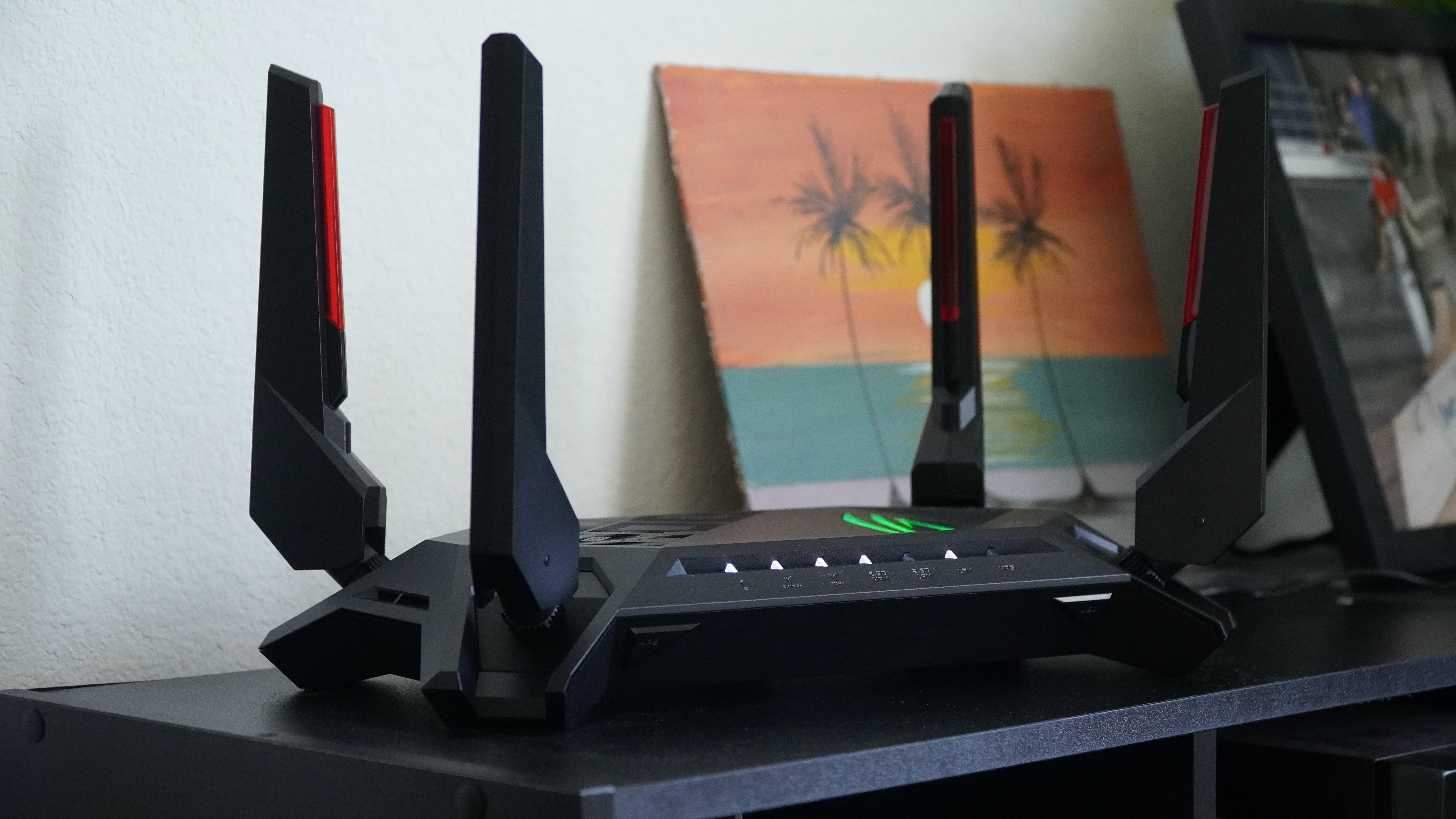
Reasons to buy
Reasons to avoid
- Top speeds: 4804Mbps @ 5GHz, 1148Mbps @ 2.4GHz
- Top features: Wi-Fi 6, Multi-gig Ethernet, 160MHz band support, Gaming QoS in software
Despite only sporting an AX6000 dual-band connection, this Wi-Fi 6 router outperforms expectations with fast speeds that are a great fit for a gigabit internet connection.
This router is optimized to keep gaming traffic flowing even when loaded down with dozens of devices thanks to QoS software that can recognize when a game is being played. This means that data from games can be delivered as quickly as possible, rather than waiting in line behind less time-sensitive data like an email inbox refresh.
Thanks to the overall power of this router, ASUS manages to keep streaming speeds high despite this traffic prioritization, so if your router is making you choose between 1080p60 streams and actually being able to compete online, this may be the upgrade you've been looking for. As we saw in our GT-AX6000 review, this router manages to keep performance high on multiple devices at once.
Software management is handled either through the ASUS router app, or in a web browser. While the app doesn't have as much freedom as the web browser, it has more features than most of its competitors, and even comes with free parental controls and security via AiProtection if you want it.
Finally, ASUS makes VPN connections easy with VPN fusion allowing you to keep your devices private while allowing certain devices, like a game console, to pass by unimpeded.
Best for speed
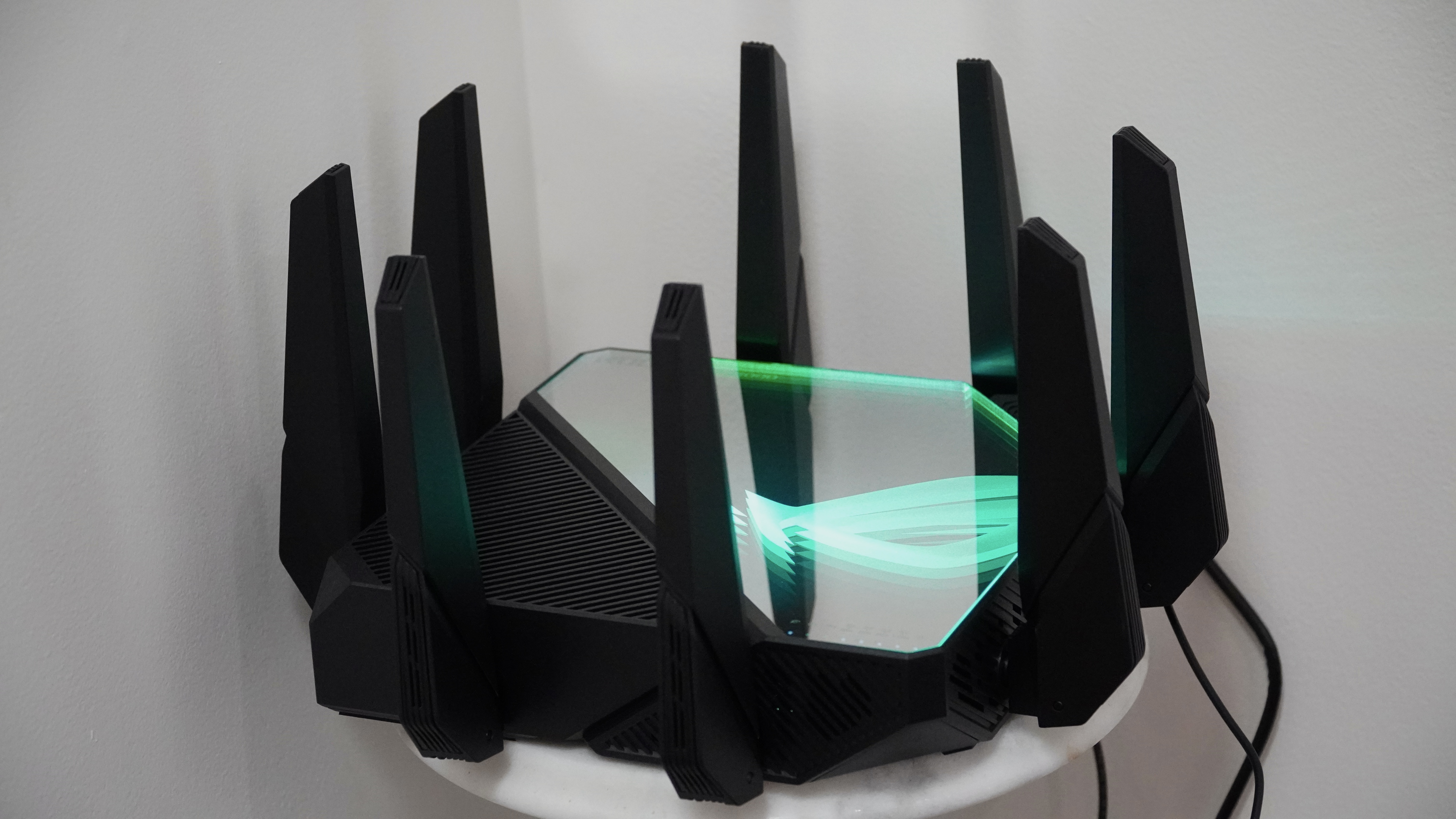
4. ASUS ROG Rapture GT-AXE16000
Our expert review:
Reasons to buy
Reasons to avoid
- Top speeds: 2x 4804Mbps @ 5GHz, 4804Mbps @ 6GHz, 1148Mbps @ 2.4GHz
- Top features: Quad-band, 2x 10Gbps WAN port, 4x Ethernet ports, 2x USB ports, AiProtection software
A quad-band AXE16000 router is every bit as fast as it sounds, with two full-speed 5GHz bands, a fast 6GHz band, and a 2.4GHz band. Unlike some of the earlier Wi-Fi 6E routers that gave up a second 5GHz band for 6GHz, the ASUS ROG Rapture GT-AXE16000 keeps all of the speed of an AX11000 router with more capacity on top, thanks to the 6GHz band.
While speeds were high in our ROG GT-AXE11000 router review, the fact that you lost some 5GHz performance over a Wi-Fi 6 version was constantly in the back of my mind. The ROG GT-AXE16000 addresses this by keeping all of the capacity of a Wi-Fi 6 AX11000 router with the added performance of a 6GHz band on top. That's not the only hardware upgrade either, with dual 10Gb Ethernet ports for a lighting-fast NAS with an editing PC like a Mac Studio. And with up to 4804Mbps possible with a 4x4 Wi-Fi 6E card, you could comfortably edit in 4K or higher on Wi-Fi.
If you work from home with large amounts of data, this router should be able to keep up with just about anything.
On the software side, you get the usual ASUS ROG package with gaming optimization, a QoS, and advanced parental controls as part of AiProtection. You can even expand your coverage as a mesh with AiMesh. With a quad-band router, you could even dedicate an entire fast band to the mesh link like the quad-band mesh router, the Orbi RBKE963.
Best mesh router
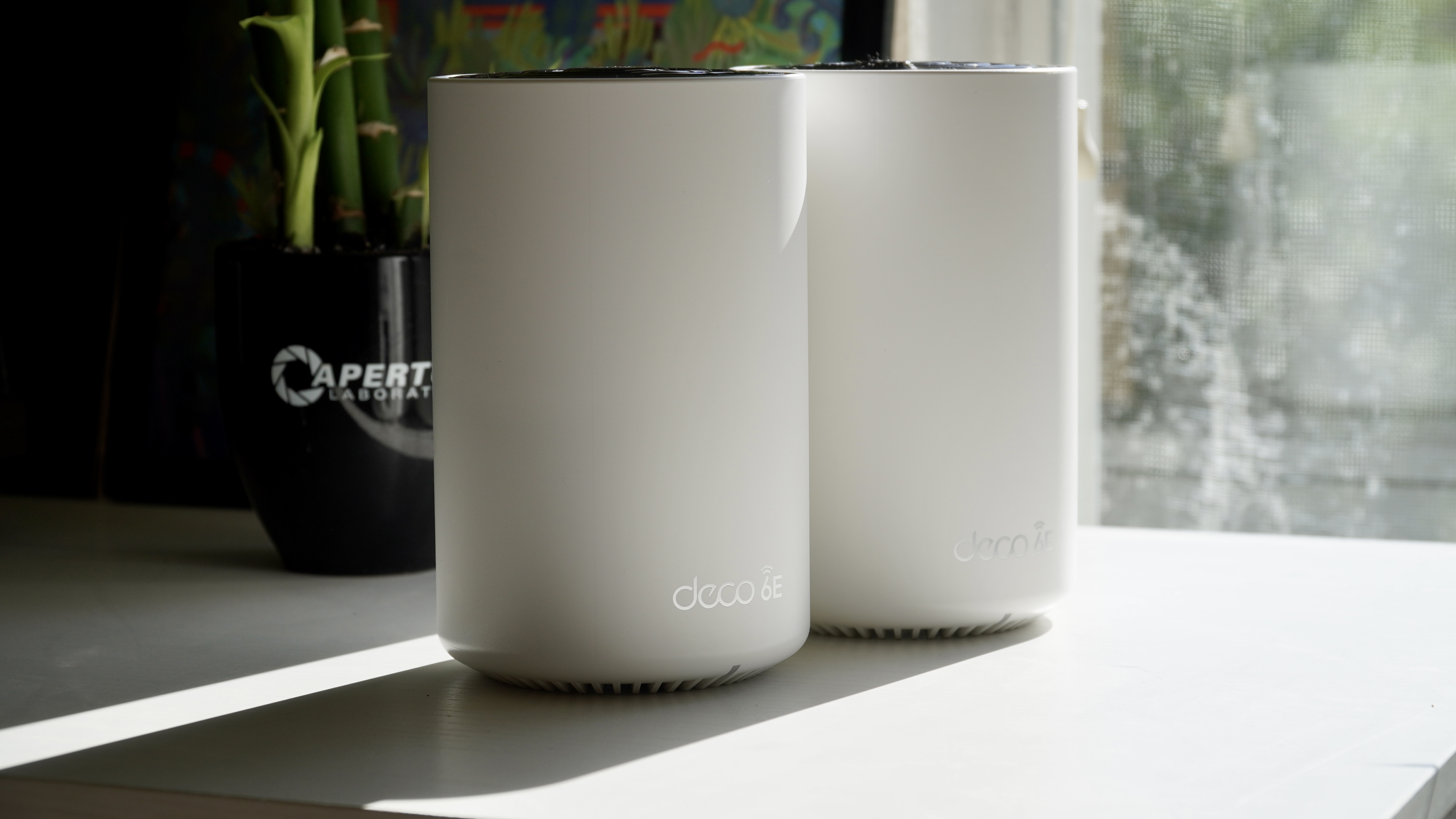
Reasons to buy
Reasons to avoid
- Top speeds: 2402Mbps @ 6GHz, 2402Mbps @ 5GHz, 574Mbps @ 2.4GHz
- Top features: Wi-Fi 6E, 2x LAN Ethernet ports per node, Netgear Armor, 6GHz as a backhaul or for devices
The TP-Link Deco XE75 was a bit of a surprise in the world of the best Wi-Fi 6E routers, with a low price and impressively solid speeds. The secret sauce is Wi-Fi 6E connectivity, which adds a 6GHz band to link the mesh routers.
This means that the Deco XE75 won't encounter many of the interference issues that Wi-Fi 6 mesh systems do thanks to limited 160MHz-capable bands at 5GHz. While these advantages will be more noticeable in a dense area with lots of neighboring connections, the XE75 still has another trick up its sleeve.
While the 6GHz connection ships as a default dedicated backhaul for the mesh, it can be unlocked to support devices as well. If you've upgraded to a Wi-Fi 6E device, you can get the benefits of this new connection on that phone. While this could mean a weaker mesh link, our Deco XE75 review didn't see any real degradation using either mode.
The nodes are compact as well so you don't need to clear a bunch of space to place them optimally. With an understated matte white housing, you shouldn't need to argue too much with your home's self-appointed interior decorator. All that being said, this mesh system performs as well as a much more expensive mesh, and with Wi-Fi 6E onboard, should hold up even in congested areas.
Best Wi-Fi 7 router
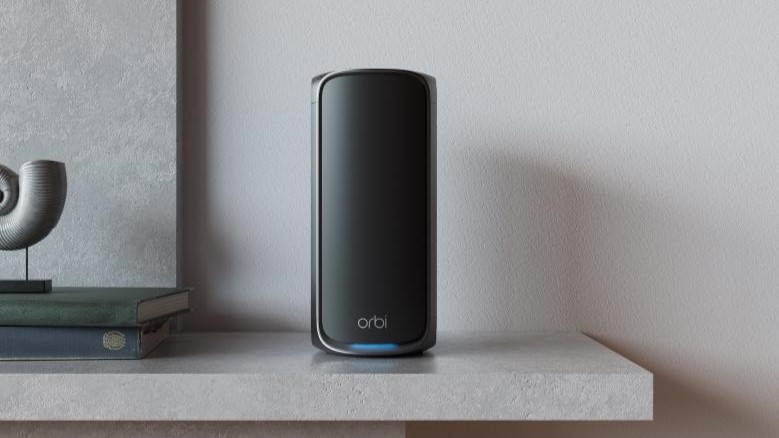
6. Netgear Orbi RBE970
Our expert review:
Reasons to buy
Reasons to avoid
- Top speeds: 2Gbps at 15 feet
- Top features: Wi-Fi 7, Netgear Armor security, two 10Gbps and four 2.5Gbps networking ports
Wi-Fi 7 has finally arrived, and while it's still too expensive for us to recommend to everyone, it reigns as the fastest and most powerful option for folks who can afford it.
Priced around $1,699.99 for the two-pack, the Orbi 970 Series from Netgear is a mesh system that can deliver speeds over 2x faster than Wi-Fi 6. You'll easily get up to 2Gbps speeds when you're working close to the router and download speeds of around 500Mbps at 50 feet.
You'll also two 10Gbps and four 2.5Gbps networking ports on the router, plus one-year subscription to Netgear Armor to ensure that your family can stream, download, and surf the web without any security concerns.
How to choose
How to pick the best Wi-Fi router
Why you can trust Android Central
The fastest routers will work great for anyone, but there's no need for most people to buy something with AX11000 speeds. For most people, internet speeds max out at 1Gbps, and every router on this list will be able to deliver those speeds to a compatible device, except Eero. The real benefits of a more powerful router become apparent when you start adding users. If you know you'll have many people on your connection, a router with greater capacity will ensure each device is given as much speed as possible without dropping the other connections.
1. Do you need Wi-Fi 7?
Wi-Fi 7 is steadily becoming more common, and as the prices slowly come down, these routers are quickly becoming some of the best options around. Wi-Fi 7 gets more done with the same amount of spectrum, allowing even phones to connect to Wi-Fi at speeds as high as 2Gbps
Of course, these routers are fully backward compatible with Wi-Fi 6 and earlier. Moving up to a Wi-Fi 7 router may be worth it if you want to be ready for the next generation of wireless LANs or want a more consistent connection.
2. Who needs a mesh system?
If you're looking for more consistency and better coverage with little concern for wired connectivity or top speeds, a mesh solution might be the best bet for you. Mesh systems use multiple routers or standalone satellites to add coverage to your network. This is similar to a Wi-Fi extender, except you don't need to connect to multiple Wi-Fi points.
Mesh systems tend to be more expensive than a router alone, but the ability to expand your coverage at any combined with the low-profile and stylish designs will make it worth it to many people. Mesh nodes also need to communicate with each other, meaning a mesh system will need faster hardware to match a standalone router's performance.

3. Does software matter for a router?
Many people would assert that they just want their router to be a box that makes excellent Wi-Fi that they can forget about. However, managing a router's settings and connection in an app has been one of the nicest developments to reach most routers you can get today. Not only that, many routers can automatically update to get the latest security features and fix bugs that may come up with new devices.
Beyond that, managing parental controls easily can go a long way to keeping your family secure. Managing devices can get complex with a whole family connected, so having nicely designed parental controls go a long way. Similarly, a good QoS solution can keep your network running smoothly even with many users, so you can be sure your Teams meetings aren't interrupted by poor signal even with multiple devices streaming on your router.
4. Do you still need Ethernet?
Ethernet ports can seem a bit old-fashioned in a wireless world, but a copper wire connection will be more stable than wireless even with the best technology. So if you are a competitive gamer or need your connection speed to be as fast as possible at all times, an Ethernet cable is a cheap and reliable way to make sure you stay connected. Ethernet is also much more resistant to interference than Wi-Fi, even at lengths over 50 feet.
When it comes to choosing the right router, there are a ton of options available. Your best bet will be to get a little more speed than you need now, so you'll have room to grow. People are using their home internet more than ever thanks to working from home and increased streaming, making a fast network more important than ever. Even if you're not ready to move up to the best Wi-Fi 6 routers, there are still a ton of great options to improve your experience, including mesh solutions.
What are the best Wi-Fi routers?
An increasing number of routers are asking for a subscription fee for advanced software features like improved network security and parental control but in routers like the RT-AX1800S, Asus has kept its AiProtection software free making it one of the best routers you can get overall. This router is also reasonably inexpensive for an AX1800 Wi-Fi 6 router and since there is no need to sign up for recurring fees, the cost over time is also much lower than other routers offering similar features.
The best value option is the TP-Link Archer A7. While cheaper routers are available, the AC1750 speeds should keep up with HD media streaming and browsing without slowing you down. It also has steady support for Wi-Fi 5 devices with up to 1300Mbps on the 5GHz band.
The TP-Link Archer AX21 is the best value router with Wi-Fi 6 thanks to its AX1800 wireless connection being fast enough for most people at a low price. It also has an easy setup procedure thanks to the TP-Link Tether app for smartphones. So if you're looking for something to keep up with most households without going overboard, the AX21 is a great fit.
Get the latest news from Android Central, your trusted companion in the world of Android

When Samuel is not writing about networking or 5G at Android Central, he spends most of his time researching computer components and obsessing over what CPU goes into the ultimate Windows 98 computer. It's the Pentium 3.
- Patrick FarmereCommerce Editor

